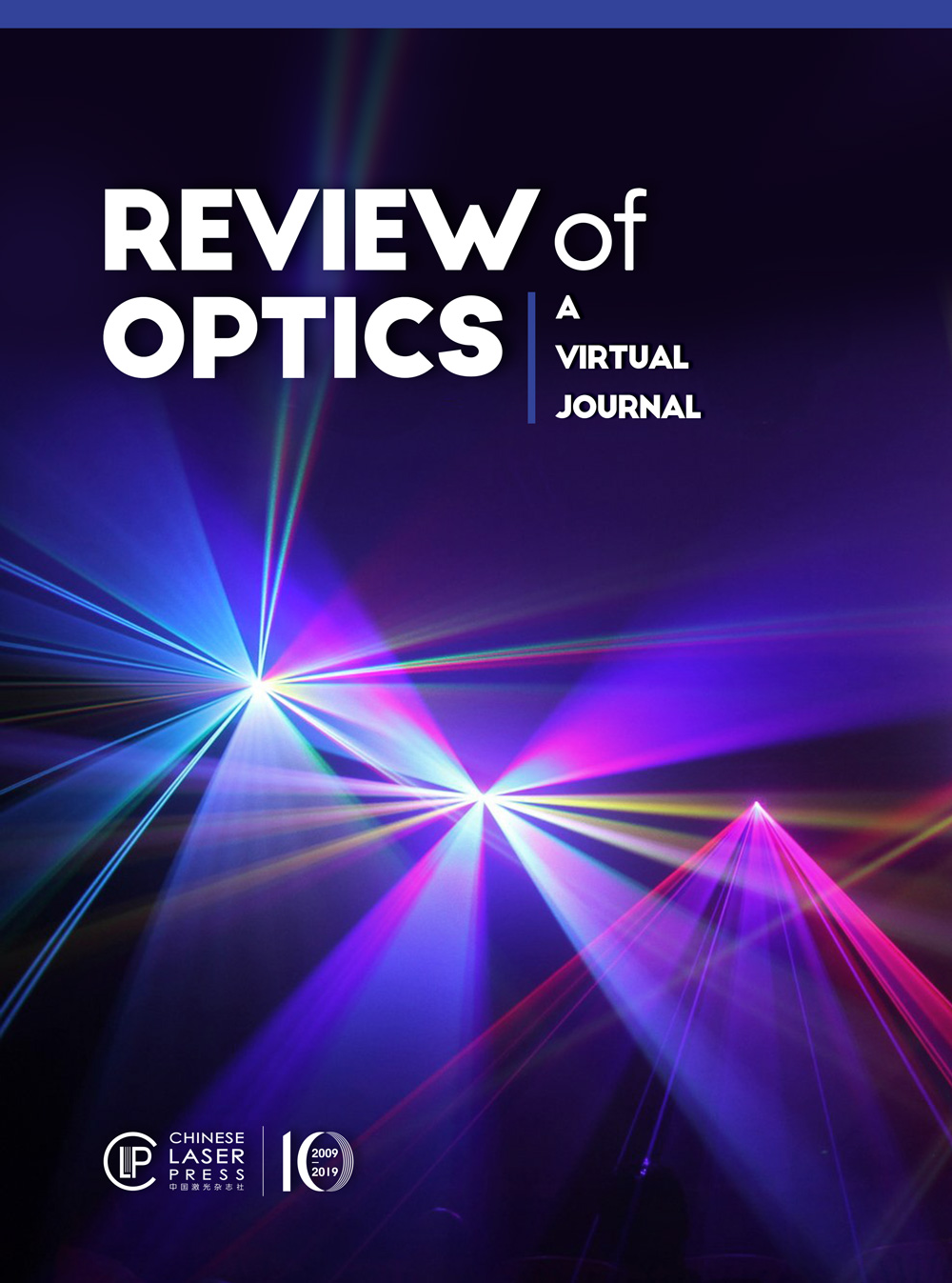Journals >Review of Optics: a virtual journal
- Publication Date: Apr. 28, 2023
- Vol. 11 Issue 5 787 (2023)
Augmented reality (AR) display, which superimposes virtual images on ambient scene, can visually blend the physical world and the digital world and thus opens a new vista for human–machine interaction. AR display is considered as one of the next-generation display technologies and has been drawing huge attention from both academia and industry. Current AR display systems operate based on a combination of various refractive, reflective, and diffractive optical elements, such as lenses, prisms, mirrors, and gratings. Constrained by the underlying physical mechanisms, these conventional elements only provide limited light-field modulation capability and suffer from issues such as bulky volume and considerable dispersion, resulting in large size, severe chromatic aberration, and narrow field of view of the composed AR display system. Recent years have witnessed the emerging of a new type of optical elements—metasurfaces, which are planar arrays of subwavelength electromagnetic structures that feature an ultracompact footprint and flexible light-field modulation capability, and are widely believed to be an enabling tool for overcoming the limitations faced by current AR displays. Here, we aim to provide a comprehensive review on the recent development of metasurface-enabled AR display technology. We first familiarize readers with the fundamentals of AR display, covering its basic working principle, existing conventional-optics-based solutions, as well as the associated pros and cons. We then introduce the concept of optical metasurfaces, emphasizing typical operating mechanisms, and representative phase modulation methods. We elaborate on three kinds of metasurface devices, namely, metalenses, metacouplers, and metaholograms, which have empowered different forms of AR displays. Their physical principles, device designs, and the performance improvement of the associated AR displays are explained in details. In the end, we discuss the existing challenges of metasurface optics for AR display applications and provide our perspective on future research endeavors.
Augmented reality (AR) display, which superimposes virtual images on ambient scene, can visually blend the physical world and the digital world and thus opens a new vista for human–machine interaction. AR display is considered as one of the next-generation display technologies and has been drawing huge attention from both academia and industry. Current AR display systems operate based on a combination of various refractive, reflective, and diffractive optical elements, such as lenses, prisms, mirrors, and gratings. Constrained by the underlying physical mechanisms, these conventional elements only provide limited light-field modulation capability and suffer from issues such as bulky volume and considerable dispersion, resulting in large size, severe chromatic aberration, and narrow field of view of the composed AR display system. Recent years have witnessed the emerging of a new type of optical elements—metasurfaces, which are planar arrays of subwavelength electromagnetic structures that feature an ultracompact footprint and flexible light-field modulation capability, and are widely believed to be an enabling tool for overcoming the limitations faced by current AR displays. Here, we aim to provide a comprehensive review on the recent development of metasurface-enabled AR display technology. We first familiarize readers with the fundamentals of AR display, covering its basic working principle, existing conventional-optics-based solutions, as well as the associated pros and cons. We then introduce the concept of optical metasurfaces, emphasizing typical operating mechanisms, and representative phase modulation methods. We elaborate on three kinds of metasurface devices, namely, metalenses, metacouplers, and metaholograms, which have empowered different forms of AR displays. Their physical principles, device designs, and the performance improvement of the associated AR displays are explained in details. In the end, we discuss the existing challenges of metasurface optics for AR display applications and provide our perspective on future research endeavors.
.- Publication Date: May. 15, 2023
- Vol. 5 Issue 3 034001 (2023)
- Publication Date: May. 30, 2023
- Vol. 5 Issue 3 034002 (2023)








